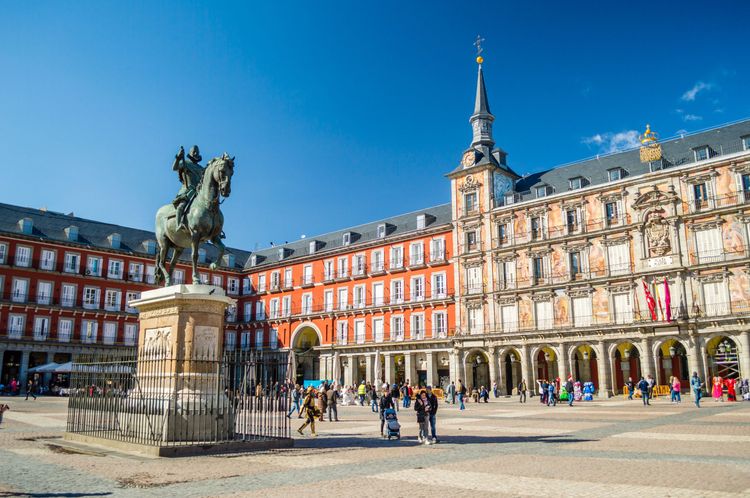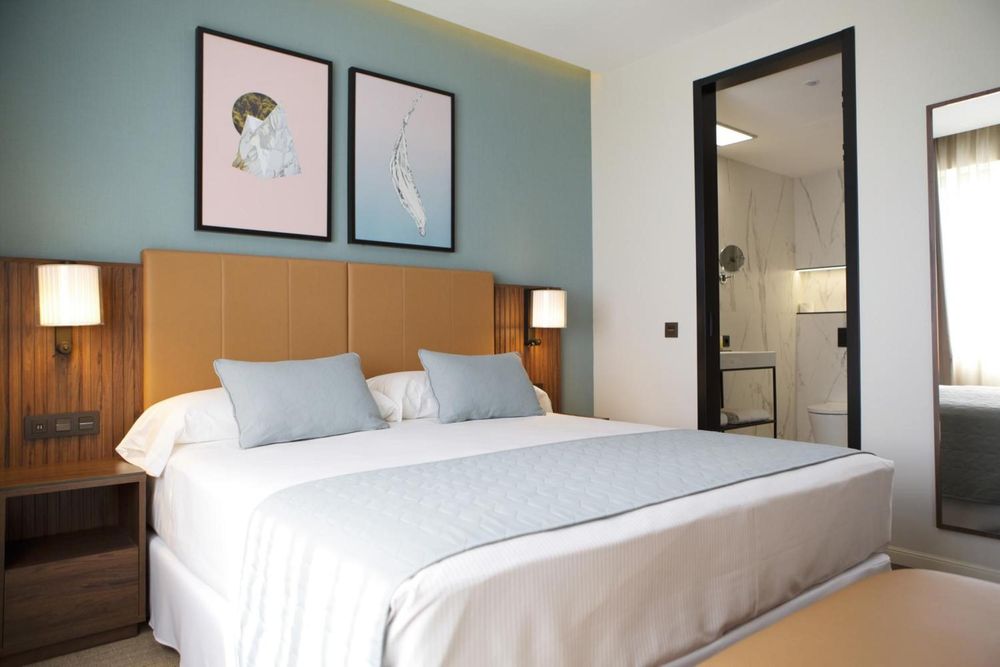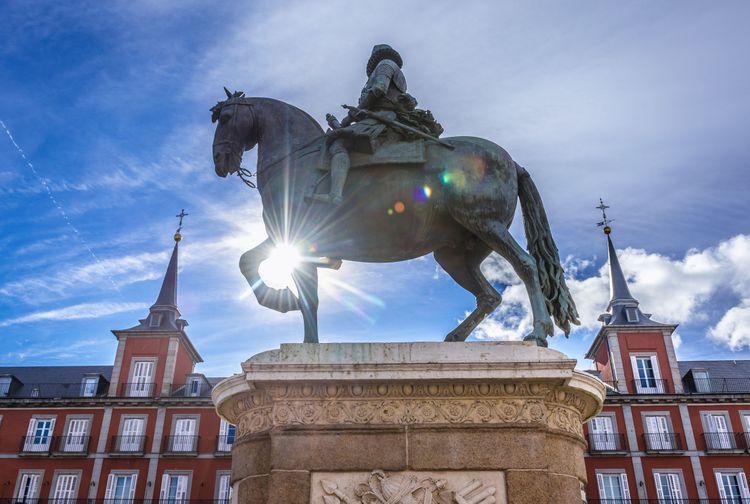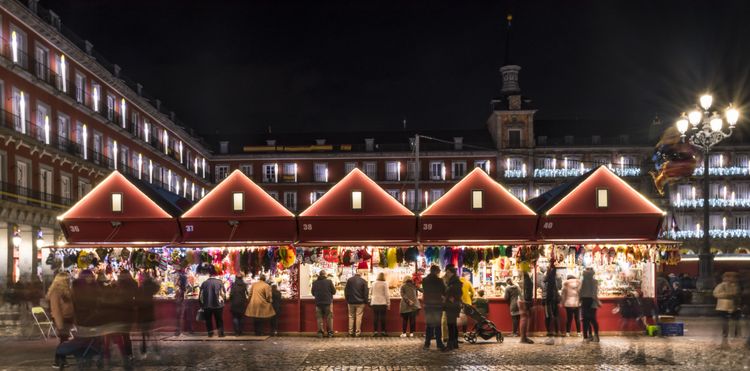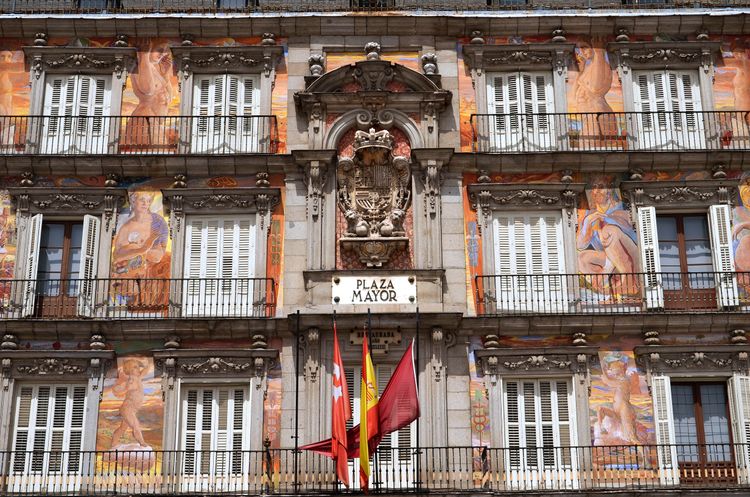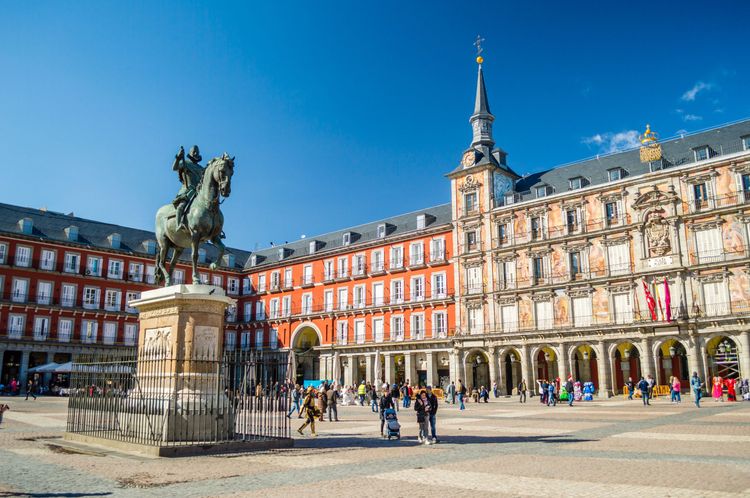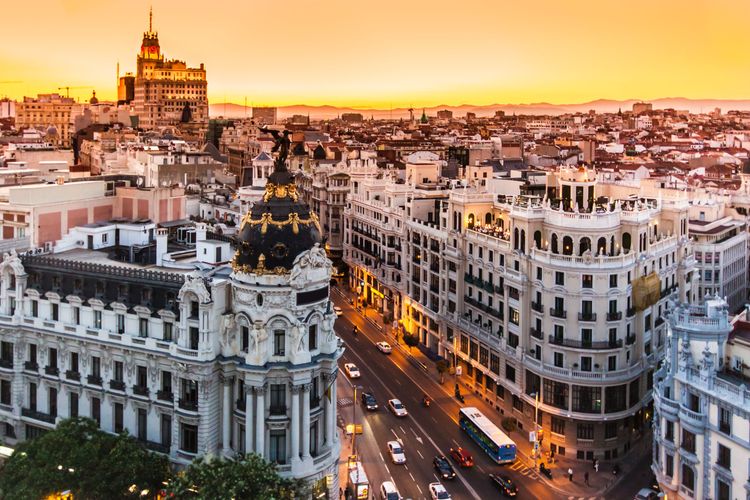When Madrid was chosen as the capital of Spain, the need to create an authentic Plaza Mayor was obvious. In 1577, King Phillip II commissioned the architect Juan de Herrera to turn the old Plaza del Arrabal into the emblematic Plaza Mayor we know today. It took four decades for the redevelopment work to begin, in 1617 during the reign of Philip III, whose bronze equestrian statue adorns the square. He entrusted the renovation project to the architect Juan Gómez de Mora. Completed in 1619 and inaugurated in 1620, it underwent major repairs under the direction of the architect Juan de Villanueva following violent fires in 1792.
The Plaza de Mayor is designed as a rectangular space, surrounded by arcades with ten arched entrance gates, each with its own history and purpose, such as the one leading to the La Latina district. Entirely pedestrianised, it is home to some superb Madrid buildings, such as the Casa de la Panadería and the Casa de la Carnicería.
